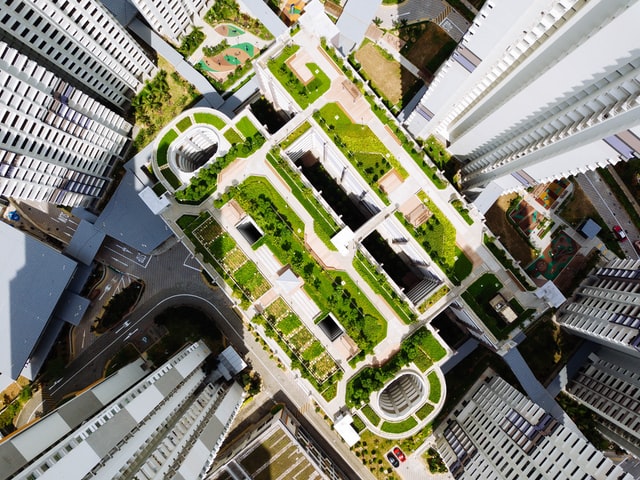We usually only hear about sustainable buildings, otherwise known as “green” buildings at times, because we see them on the news, or we see a plaque from the United States Green Building Council (USGBC), or someone informs us to make a living or working there more attractive. Recently, for example, I ran across the following website that the City of San Francisco created to log their LEED Buildings. As you will note, a considerable amount of these buildings are “Gold” and “Platinum” rated, which means they far excel the basics of “green” buildings per the USGBC: https://data.sfgov.org/Housing-and-Buildings/Map-of-SF-LEED-certified-municipal-buildings-and-i/7utx-cs9k.

Sustainable Buildings in San Francisco
“Green” buildings, on an environmental basis, can help reduce carbon emissions, reduce potable water and electricity use, and enhance the working environment, among other benefits. Therefore, it is important to design and construct structures such as these. However, there is a lot more being done in San Francisco and across the country, which is not featured in the news. And the only way we find out is through word-of-mouth. I am, of course, talking about home and business owners, schools, communities, and others who take it upon themselves to make a difference; oftentimes, with help from public entities who promote rainwater harvesting, solar panel installations, more extensive recycling, and other environmental protection measures.
Through empirical experience alone, I keep meeting people who are doing more and more each day to be more environmentally sensitive. And it isn’t just that they are harvesting rainwater, or reusing gray water, or even installing green roofs on their homes, but rather that our society has built up a consciousness – often initiated by their children and what they are learning in school – where it has become second nature to think about our impact on the planet. And although it is not the norm worldwide, it is a start in the right direction, improving over time.
In 2000 a colleague of mine envisioned Montgomery Street would be turned into a community garden within 20 years. And composting toilets would be the norm within 10 years. Well, neither of those things have occurred, but we definitely see more and more previously paved areas turned into green and/or open spaces, like community gardens, parks, or even as parklets and closed-off roads. And though some of these programs are controversial, it is still very telling that we are even having the conversation, and even more impressive than it is actually being done.
Who knows precisely what the next 20 years will bring? But if the last two decades are an indicator of the next two, we will definitely see even more “green” certified buildings, more sustainable homes, businesses, and communities. Unfortunately, the “green” movement has palpable inertia, which is spurred on by activists, our legislators, and, more importantly, our younger generations who know that they may inherit an even greater problem. Therefore, I invite everyone to look for opportunities to live and work to minimize negative ecological impact. You are also free to contact us should you need professional assistance regarding sustainability.
